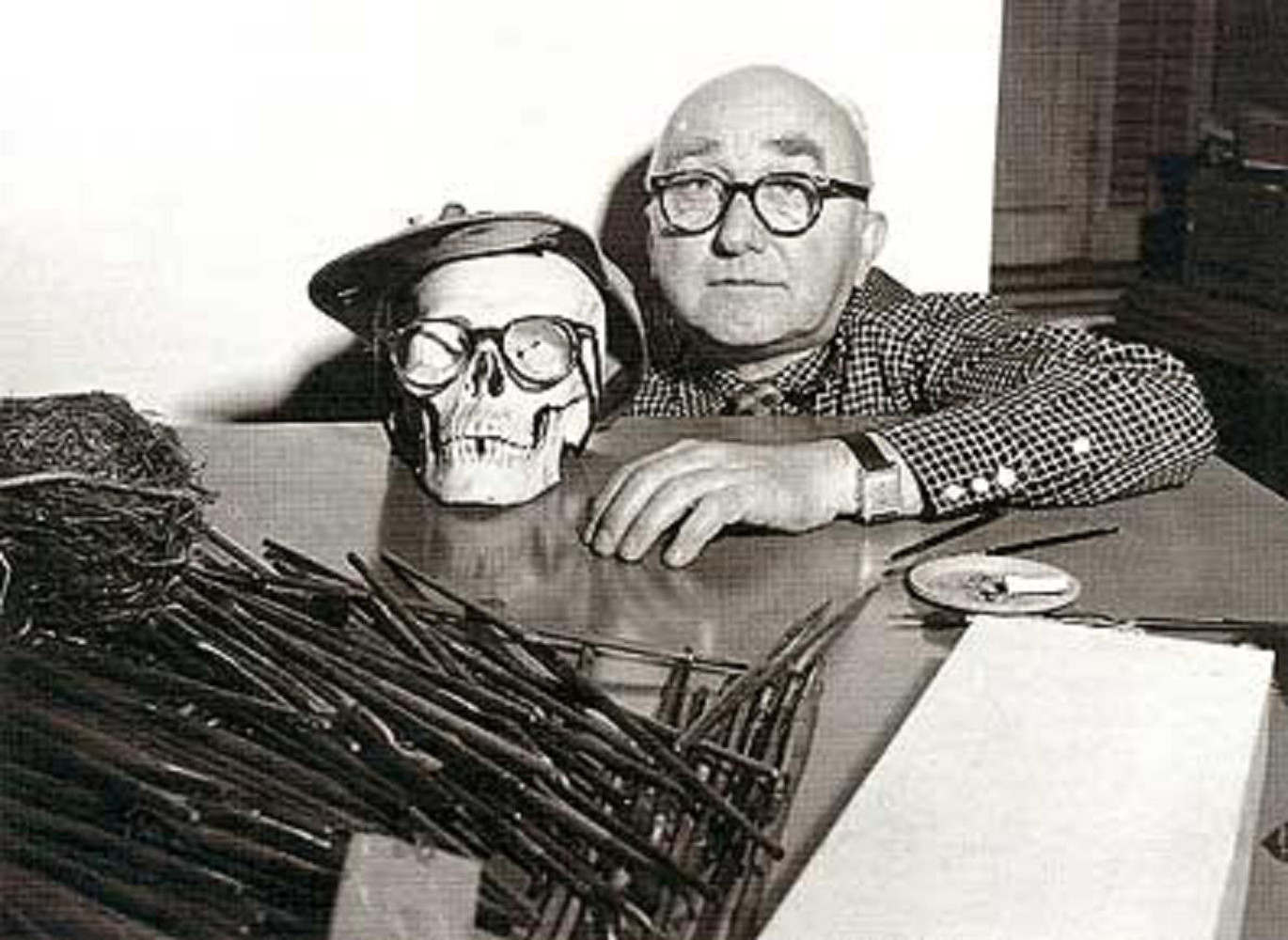More about Ivan Albright

Contributor
Born in Chicago to an artistic father, both Ivan Albright and his identical twin brother Malvin persued careers in the arts.
When they both enrolled at the Art Institute in their home town, the boys flipped a coin to see who would study painting and who would study sculpture. Malvin ended up a successful artist himself, creating for a time under the pseudonym "Zsissley"...as if Malvin wasn't bad enough.
Ivan took the coin toss seriously and painted all his life. Many of his paintings are so detailed that they could take years to complete, and he charged for them accordingly. During the Great Depression, he charged up to 60% more than comparable artists.
No digital image does his paintings justice, they need to be seen up close and in person. Much of the lace and woodgrain in the paintings were done with single hair paint brushes. His most well known work is The Picture of Dorian Gray which his brother assisted with and can be found at the Art Institute of Chicago. Back to their roots. The Smithsonian Archives of American Art has a great picture of the duo on set of the film set of MGM's The Picture of Dorian Gray.
He was the father-in-law of US Secretary of State, Madeleine Albright, who took the family name.
Featured Content
Here is what Wikipedia says about Ivan Albright
Ivan Le Lorraine Albright (February 20, 1897 – November 18, 1983) was an American painter, sculptor and print-maker most renowned for his self-portraits, character studies, and still lifes. Due to his technique and dark subject matter, he is often categorized among the Magic Realists and is sometimes referred to as the "master of the macabre".
From a family of artists and artisans, Albright emerged on the American art scene in the 1930s and established a reputation as one of the most enigmatic of the American Realists. He shocked, awed and upset the viewing public through his emphasis on the fragility of the body, flesh and the human condition with such works as The Lineman (1928), That Which I Should Have Done I Did Not Do (The Door) (1931), and The Picture of Dorian Gray (1943). His work to highlight the minute detail and texture of every surface often required him to spend years or decades on a single painting.
While Albright's works can be found in museums throughout the United States, the most important repository of his works is at the Art Institute of Chicago.
Check out the full Wikipedia article about Ivan Albright










